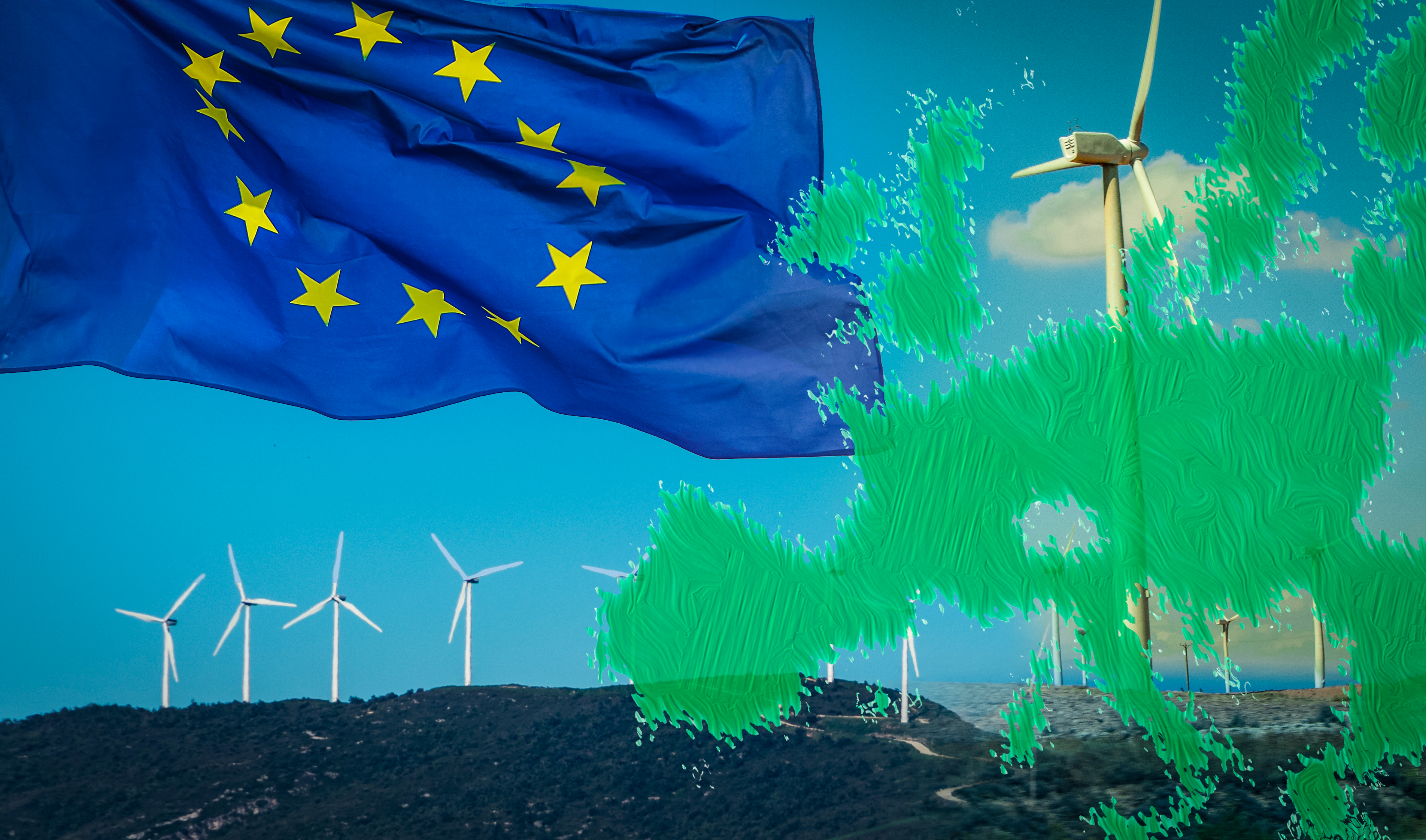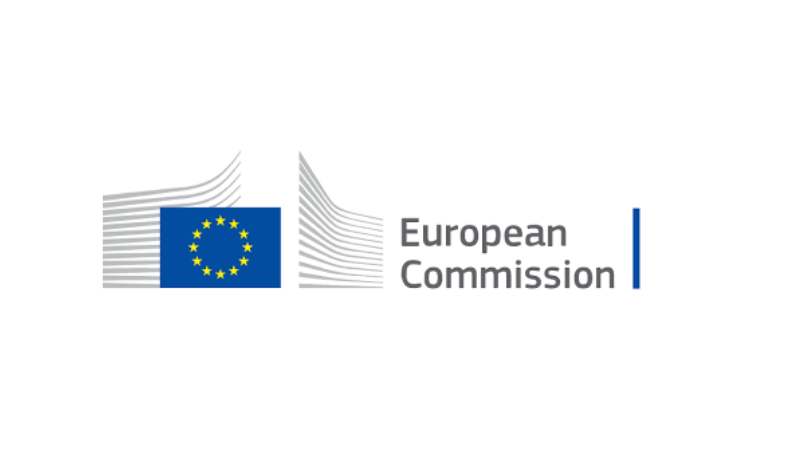The Sustainable Finance Disclosure Regulation (SFDR) is the latest directive from the European Union to introduce sustainability standards across the European asset management sector, however, industry commentators have warned the lack of clear uniformity has the potential to drive a spike in greenwashing.
SFDR, which comes into effect on 10 March, requires funds to disclose sustainability risks within the investment process as part of the EU’s plan to align investments with the Paris Climate Agreement.
The directive applies to all UCITS funds – including ETFs – and Alternative Investment Funds (AIFs) sold in the EU so even non-ESG strategies are impacted.
In particular, asset managers must decide whether a fund they offer fits in one of three sections; Article 6, Article 8 and Article 9.
Article 6 is for regular funds while Article 8 is for “light green” funds that exhibit certain sustainable characteristics and Article 9 is for “dark green” funds that look to reduce carbon emissions such as the ETFs tracking the two EU climate benchmarks.
The move is designed to help investors distinguish between the different ESG strategies available on the European market.
However, the directive has the potential to cause more confusion as funds placed in the same ‘article’ could exhibit very different sustainable characteristics.
For example, Article 9 funds include any fund tracking the Paris Aligned Benchmark (PAB) or a Climate Transition Benchmark (CTB), however, this is not a requirement for inclusion.
Adrian Whelan, global head of regulatory intelligence for investor services at Brown Brothers Harriman, said the lack of uniformity could be an issue.
“Once more, you will end up with multiple sub-sets of Article 9 funds without uniformity and without the ability to adequately compare funds under the SFDR classification system, things could get confusing fast,” Whelan continued. “Lack of uniform standards may open the doors to instances of greenwashing.
“The whole fund classification system was specifically designed to allow for a spectrum of ESG commitment across the EU fund universe, underpinned by data in order to remove greenwashing.
“However, with the inexact method of measurement, it actually means there may be confusion about what is and what is not the more sustainably-focused fund.”
Are climate change ETFs greenwashing?
Where the directive looks to tackle this is during the Level 2 implementation, which comes into effect on 1 January 2022, where asset managers will be required to back up their categorisation decisions with hard data and performance metrics.
As a result, Whelan said many asset managers are looking to label their funds as Article 6 or 8 in order to avoid potential issues further down the line.
It remains to be seen whether Article 9 categorised funds will attract stronger inflows due to their supposed greater impact.
ESMA has recently called on the European Commission provide further guidance on the classification of Article 8 and 9 funds.
Despite this however, Lora Froud, partner at Macfarlanes, said it is not “guaranteed” the European Commission will offer more information.
“Ultimately it will be for the market to set the parameters, not least given the wide range of ESG strategies that are potentially in scope.”





